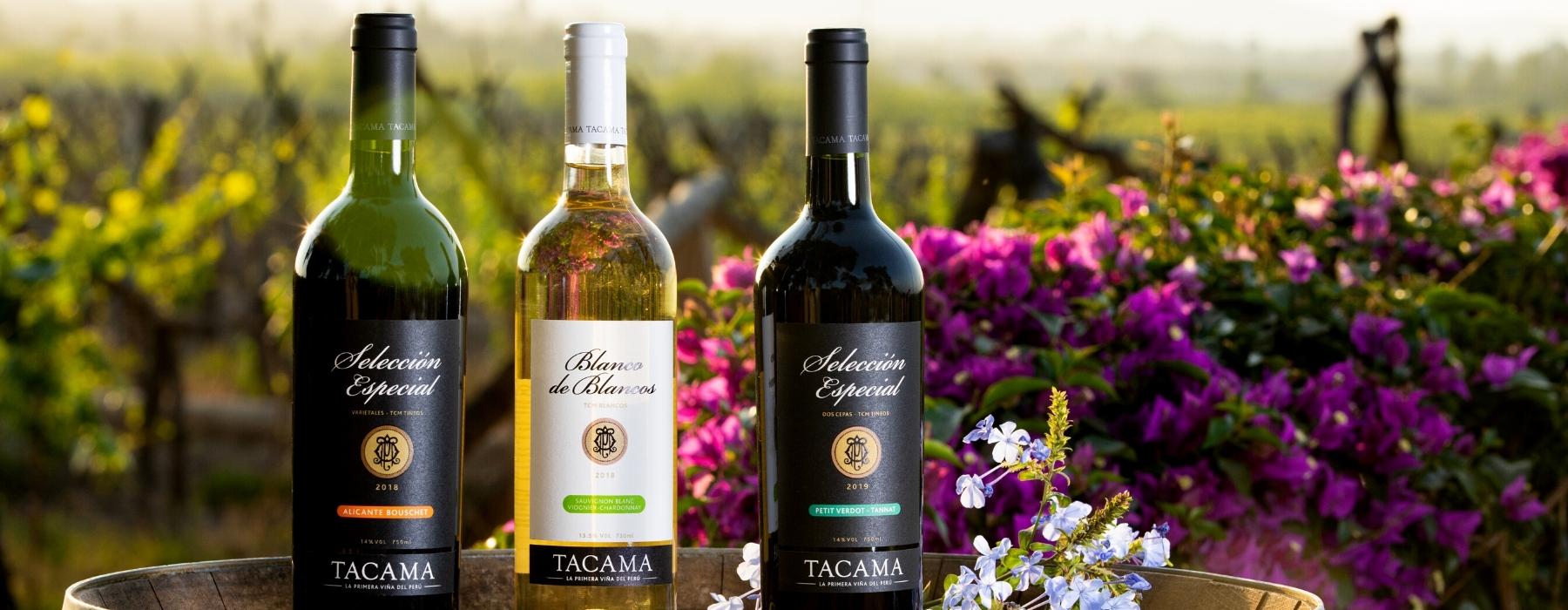
Between 1532 and 1580, more than 700 populated centers were founded in Peru, including cities, towns and villages. Each neighbor or inhabitant received a plot of land for his home and land for growing plants and raising cattle. Immediately the “fruits of Castile” were cultivated, among them the vine. In 1550 the chronicle records grapevine cultivation in various regions of Peru, especially on the coast. In 1560 the “wines of the land” considered as good and very good were already being marketed. At the end of the century in reference, grape brandy was already being produced and shipped through the port of Pisco. In the 17th century, both products achieved great distinction. Social and natural reasons contributed to the decline of both drinks; but in the middle of the 20th century the revitalization takes place. Wine growers seek first to improve quality and then expand the wine frontier. Currently, both Peruvian wine and pisco have regained their old prestige and have won national and international awards.
In the 17th century, the production of wine and grape brandy reached a great development, due to the demand of Potosí considered as the “universal consumer of the fruits of the earth”, which came to house up to 260,000 inhabitants. Add to this the Azogue and silver mines of Huancavelica, Castrovirreyna and Cailloma. In addition, the urban market of cities and towns that in the 17th century had become multi-productive centers, avid consumers of wines and spirits. Beyond the limits of today’s Peru, there was the port of Guayaquil, Quito, Panama, Colombia, Guatemala and other towns in Central America who were also buyers of Peruvian wine and brandy. In addition to this situation, conducive to the development of vineyard production, there is the intrinsic excellence of both beverages. To this must be added the ban on the production of sugarcane brandy or ruum, a situation that left grape brandy without a competitor.
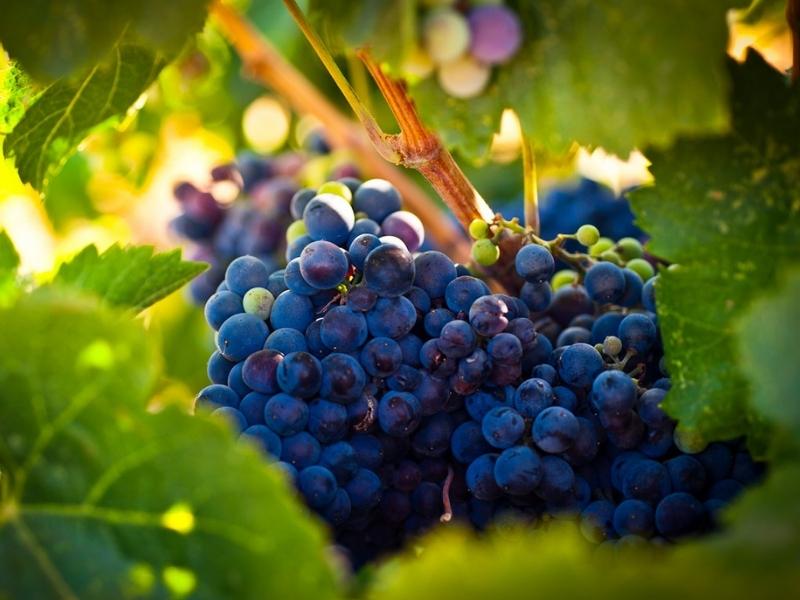
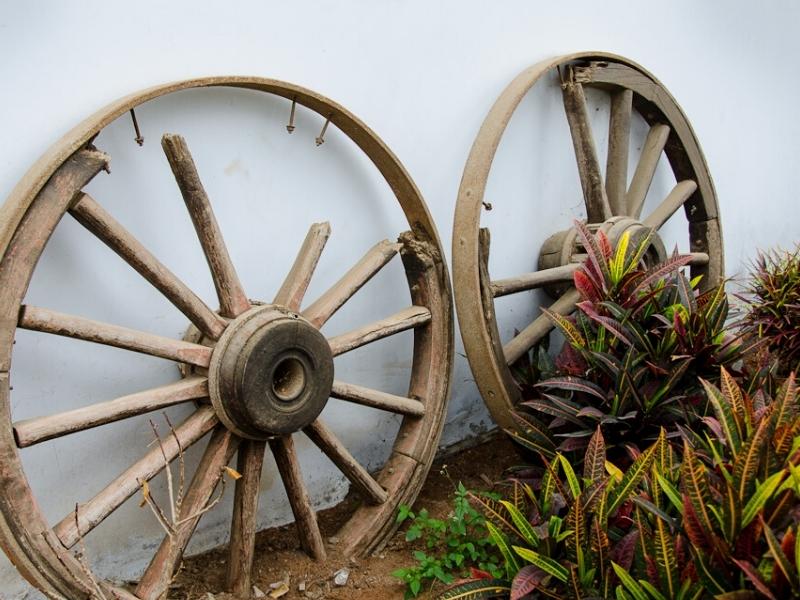
During the viceregal government the lands were divided into Decimals because they were subject to the tithe, they belonged to Spaniards, Creoles as well as some mestizos; and tributary lands usufruct by the natives who paid the tribute. In the decimal lands there were large properties with 15 to 30 thousand vines, land, orchards, alfalfa fields, stables. The medians between 5 to 15 thousand vines; the small ones from 5 thousand vines to 150 or 100 vines. The large properties, in addition to what was indicated, had a pond or carport, a well, a cabin in which the slaves lived, where the fearsome shackles and shackles were not lacking to repress the desire for freedom. They had a botijería oven, an oven for making bread, an oven or a liquor store with three to six pots for cooking musts. In the writings referring to vineyards from the 17th and 18th centuries, they mention the aguardientera, also known as the cajon or table, and the pailas. The falcas and alembics only appear in the 19th century; in this regard, in the year 1826, the Santa Rita hacienda of the Diego Latorre family had “three falcas and their stoves”. The hacienda also had a liquor store. In that same year, in the inventory of Don Félix Cueto’s Galindo hacienda, “Un alembique” appears; a brandy with four pailas. In other words, from the 19th century, pailas, falcas and alembics coexisted. As the years went by, the pailas disappeared, but the falcas and alembics remained that survive to this day, especially in the artisanal production cellars. The industrial production warehouses all the instruments are modern.

The inventories of the eighteenth-century haciendas in Ica, allow us to know the grape production process, which begins with the transplantation of the cuttings, the construction of the barbecues on which the “parritas” were placed; then the pruning, and the harvest. The storage of musts later converted into cachinas, vinegars, wines and the distillation process to obtain the liquor. In the large and medium-sized estates there was a mayordomo who controlled the chronology of the production of grapes, wines and spirits; wine techniques; and he knew perfectly well the metamorphosis of musts outside and inside the paila aguardientera.
Likewise, he knew the botijambre, the smearing or smearing of pitch inside the jars and jars, the packaging and packaging of wine and pisco for marketing. Thanks to the works of Brown Kendall (1985), Luis Kuon (1990) we know the production of wines and spirits from Arequipa and Moquegua and their commercialization in Bolivia or Upper Peru. Jacob Schlupmann (2003), in a detailed study, has shown the peak and the crisis of the commercialization of wine and brandy in Ica. In his investigation, Pisco appears as the most important port for shipping wines and spirits in the 16th and 17th centuries to Callao, Huanchaco, Chérrepe, Paita, Guayaquil, Panama, Guatemala, and Portobelo.

Ships of quicksilver and grape brandy also left from Pisco to the south, especially to Arica, and from there to Potosí and other mining centers. The classic grape is called Italia and has a strong flavor of the Frontignac grape, from which it is derived. The producers of these two beverages always knew how to maintain the “nature” and after each catastrophe they put more effort into staying and improving, as happened after the 1868 earthquake, not only the packaging was innovated; Casks, barrels and kites replaced jars and jugs in some warehouses; and bottles to peruleras and wineskins, these in use in the 19th century. They also searched for new grape species that are now recognized as Tannat and Petit Verdot, Malbec, Chenin and Ugniblanc, Albilla, Quebranta, etc., and worked with internationally renowned winemakers to improve the quality of their products, which is demonstrated in national and international exhibitions. international from the second half of the 19th century to the present.
This is how in the Vinalies intenationales 2002, in which a red wine from Viña Tacama won two prizes; “recognized as world-class wines”. Regarding pisco, the website brings us the news of the Vinalies Internationales contest, a competition organized by the association of winemakers in France, its pisco Italia and Puro were awarded two gold medals, and for Gran Pisco Selección a silver medal. Ocucaje’s Pisco Italia also obtained the French Oenologists trophy for having obtained the highest grade in its Agroindustrial Tonel Viejo category, revealing great consistency over the last few years with various awards, it obtained a medal for its Pisco Gram Commodore.
Currently we have 180 liquor processing cellars in Peru divided into: 1) Industrial Cellars, 2) Intermediate Cellars and 3) Craft Cellars.

For 121 years, Viña Ocucaje SA has been producing high quality wines and Pisco, in its own wineries located south of the City of Ica, in the valley that is the world’s paleontological paradise, Valle de Ocucaje. Being a family business since its inception, care in the preparation of its liquids has always been a constant. The vineyard has 13 wine brands and 17 pisco brands, most of which are sold in Peru.
Throughout its history, Piscos and Vinos Ocucaje have won numerous awards in the most prestigious international competitions, having all kinds of medals, in Brussels, Belgium; Sevilla Spain; Reims, France; and of course in national competitions. The Ocucaje winery exhibits the techniques adopted for the production of wine and pisco that have a very old tradition in the region.
After the expulsion of the Jesuits by Viceroy Abascal, the ownership of the lands of Ocucaje and its artisan complex for the production of Piscos and Wines passed through several hands, until in 1898 the first Society was created, formed by the Zunini family. , who became the new great promoters of the production of pisco and wines in this area of the country.
Years later, Don Virgilio Rubini became a collaborator of the company until in 1928 he became a shareholder and after hard work, innovative launches for the time, Don Virgilio revolutionized the world of Vine in Peru, becoming the great protagonist of the development of wines and pisco that the Ica region has maintained until today.
Visiting hours
Visits: Visits are made from Monday to Friday from 9:00 to 12:00 and 14:00 to 17:00, and on Saturdays from 9:00 to 12:00.

Tacama is the first vineyard in Peru, as well as the oldest wine estate in South America. Located at kilometer 296 of the Panamericana Sur, crossing the Ica River, along Camino Real Avenue, La Tinguiña district. The foundation of Tacama dates back to the 1540s by Francisco de Carabantes, a Spanish pioneer and initiator who planted the first vines in the hot Valley of Ica at that time. Thus, the vines brought from the Canary Islands adapted, took root and took root. Thus began the centenary history of a vineyard steeped in tradition.
Hacienda Tacama currently has an area of approximately 250 hectares, recognized for its international quality wines and pisco and passion for innovation and constant development. Tacama reinvents itself and opens its doors to show its vineyards and century-old architecture to national and international tourists who want to experience wine tourism. Amateur visitors will learn how the process of making its renowned wines and pisco begins, just as it did more than 150 years ago.
The classic wooden barrels have been replaced by large steel vats, but the mystique and tradition with which they prepare their products have not changed. The best grapes are harvested and placed at 10 degrees to maintain and guarantee their perfection. Then they enter the giant vats of up to 25,000 liters to rest for the ideal time, ferment, distill, and have a pisco with the desired flavor and aroma. This traditional way of making the 18 varieties of wine and pisco is what Tacama seeks to teach in this great wine, cultural and gastronomic tourism route.
As if that were not enough, Tacama also offers other types of tours with affordable costs, where you can fully explore the Hacienda Tacama, or take a professional tasting tour or even visit the only underground cellar in Peru where high-end wines are stored. , while tasting select cheeses. As if that were not enough, gastronomy is present with the restaurant “El Tambo” where you can enjoy delicious Creole food.
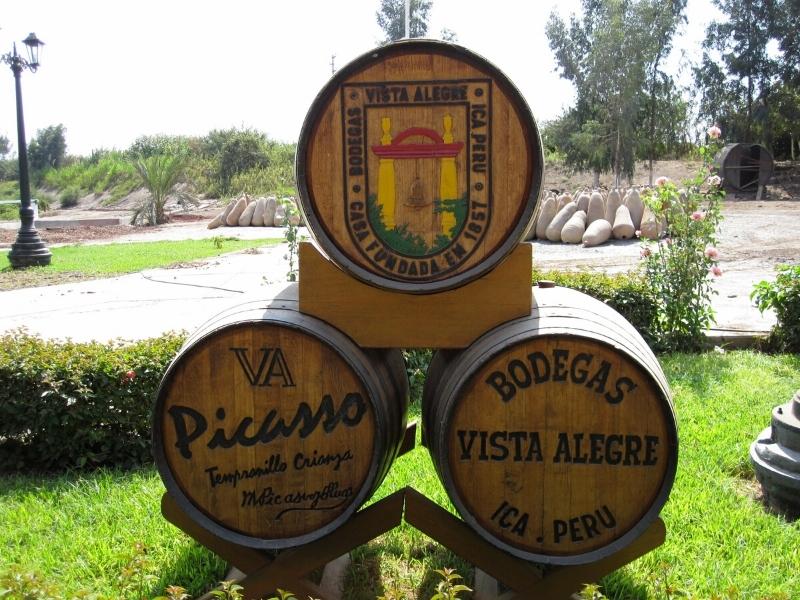
Bodega Vista Alegre in Ica is dedicated to the production of wine and pisco. Traditional winery dedicated to the production of wine and pisco. Despite the fact that it is currently a modern company, traces of the colonial custom for the process of the vine are preserved.
Many years ago, the Picasso brothers settled in the Ica Valley in 1850, to later found Bodega Vista Alegre, in 1857, they initially worked with the existing wine varieties, and then imported fine varieties, such as Cabernet, Sauvignon, Chenin or Pinot Blanc, Carignan, Malbec, Tempranillo, Merlot and many others, also spreading throughout the country, thus beginning the true history of Fine Wine in Peru.
It is recommended to visit it in the months of March and April to observe the production. It is located to the northeast of the city of Ica and is one of the largest wine and pisco wineries in Peru. The rest of the year you can appreciate the infrastructure and aging techniques.
Initially, they worked with the existing wine varieties, to later import fine varieties, such as Cabernet, Sauvignon, Chenin or Pinot Blanc, Carignan, Malbec, Tempranillo, Merlot and many others, also spreading throughout the country, thus beginning the true history of Fine Wine in Peru.
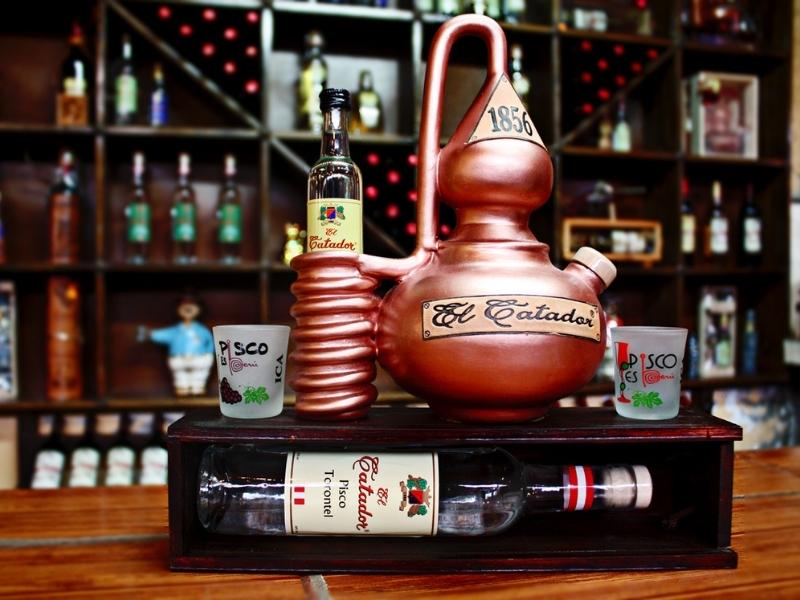
The El Catador winery began operating in 1856, it has 40 hectares. vineyard where good agricultural practices and sustainable development are practiced. It is an agro-industrial company where pisco and wines are produced, as well as vinegars, jams, pickles, tiles and chocotejas, artisanal products that are sold in the same warehouse. Given its antiquity, it maintains the traditions of the Iqueña grape harvest and for this reason we carry out every year, on the second Thursday of March, the traditional grape treading with the queen of the harvest and the foreign queens of the different embassies of Peru, as many years ago. All tourists on this day can participate freely and enjoy our Ica customs.
The El Catador winery is one of the most representative wineries in the province of Ica, they offer a variety of services, such as pisco tasting, knowledge talks and a tour of the vineyards and production area.
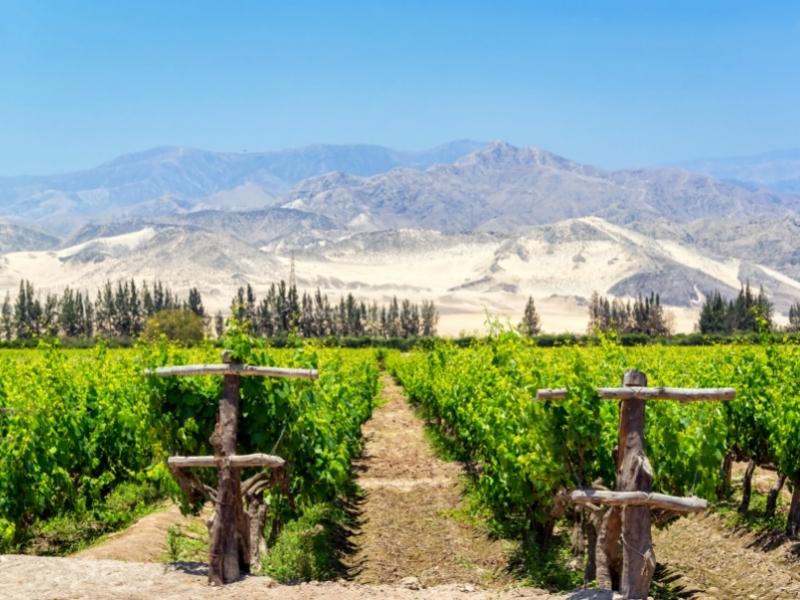
The Viñas Queirolo vineyards are located at the foot of the first foothills of the Andes Mountains, at 500 m.a.s.l. and more than 60 kilometers from the coast, from which it is separated by the southern desert. They have loamy, deep and magnesium-rich soils with technical irrigation. The climate is desert, with cool to cold winters with no risk of frost and especially sunny and hot summers. Great daily thermal amplitude, which in some cases reaches differences of up to 20 degrees between day and night.
The harvest is done manually and takes place between the months of February and April. The vinification plant receives the crops from Ica and Cañete. It has a vinification and storage capacity of more than 7 million liters and its facilities allow fermentation to be carried out at a controlled temperature in stainless steel tanks.
The wine is aged in French and American oak barrels, which are kept in a room with controlled temperature and humidity. For the production of pisco, there is a battery of discontinuous stills made up of “Charentais” stills. There is also a traditional alembic called “Falca”.
The house with European airs where the tavern was built had been built just a few years earlier, in the mid-1870s, and has been preserved to this day, showing intact the cozy charm with which Antigua Taberna Queirolo arrived in the world. It exhibits one of the first telephones that Peru had, a phonograph and an old cash register, in perfect condition, testimony that the tavern also contributed in its own way to our history.
Likewise, it preserves an invaluable collection of photographs that shows us how the business, over time, grew steadily. In the corner, where the pulpería was located, only the tavern would function over the years; to its side, towards the side of Jr. San Martín, a few meters from it, the winery, devoted to the production and sale of wines and pisco that today also give prestige to Peru.
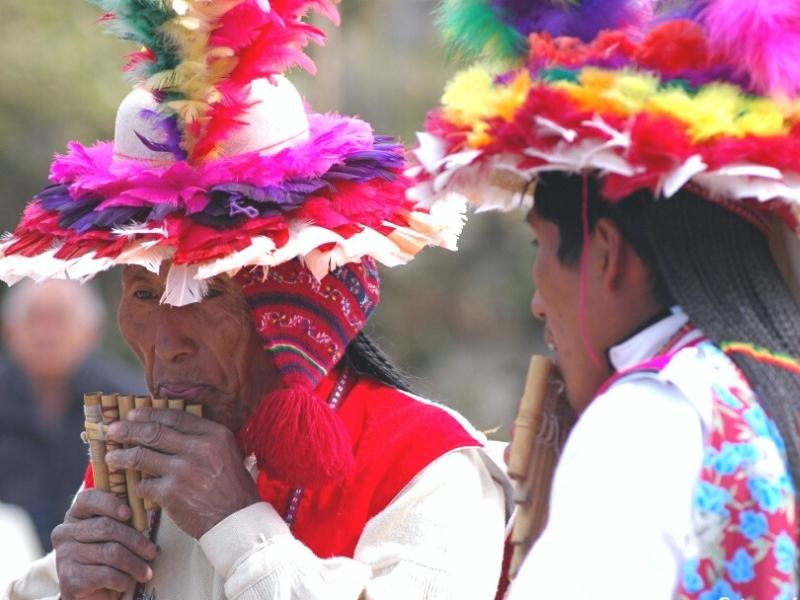
Sublime landscapes, wildlife, history, culture - Peru has more than its fair share. Its famed snow-capped Andean peaks shelter the temples and fortresses of the Inca and other pre-Columbian cultures, linked by a network of paved trails.

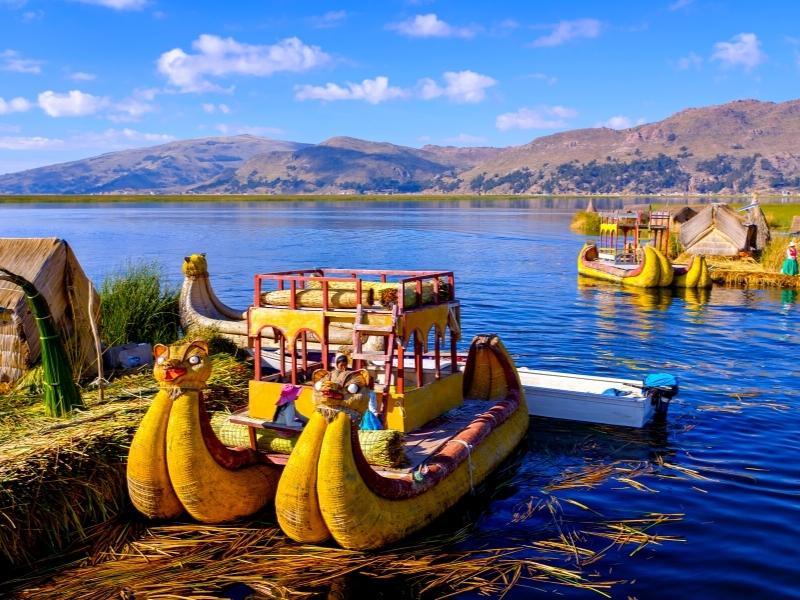
The wonders of Peru await you as you hike through the Manu Amazon rainforest, traverse the plains of the Sacred Valley of the Incas, and stroll the cobbled streets of Cusco on this 15-day trip from Lima. Search for monkeys and medicinal plants in the Amazon, travel the ancient road to Machu Picchu, experience a stay in a traditional community on the shores of serene Lake Titicaca.

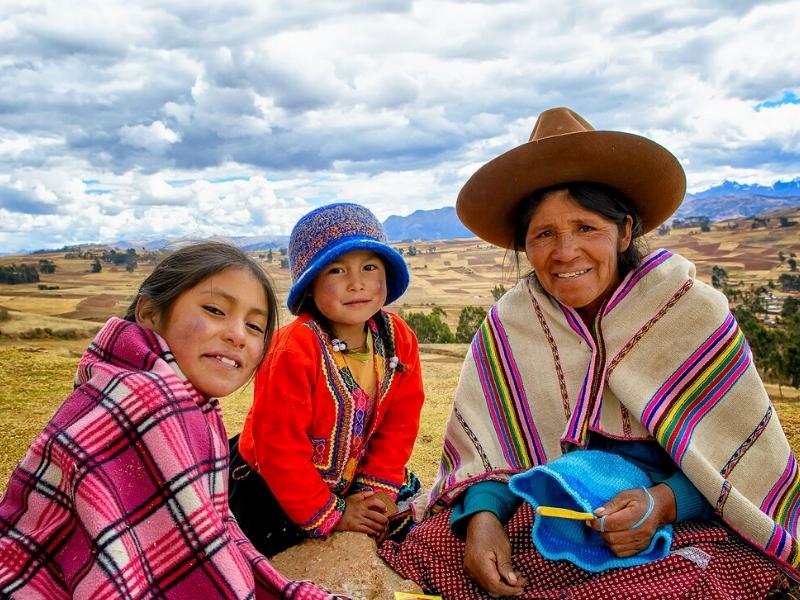
The top sights of Peru will leave all the family thrilled by the scenic grandeur, ruined temples, colonial cities, amazing inca trail to Machu Picchu, the Inca Lost City, once buried under the tropical forest which surrounds it.


Enjoy the best vacations in Peru. Our Majestic Peru travel program will take you from the coast and its impressive Nazca lines, to the lodge in the Amazon forest surrounded by many wild fauna, you will travel the Inca trail to Machu Picchu, culminating your trip in Cusco.

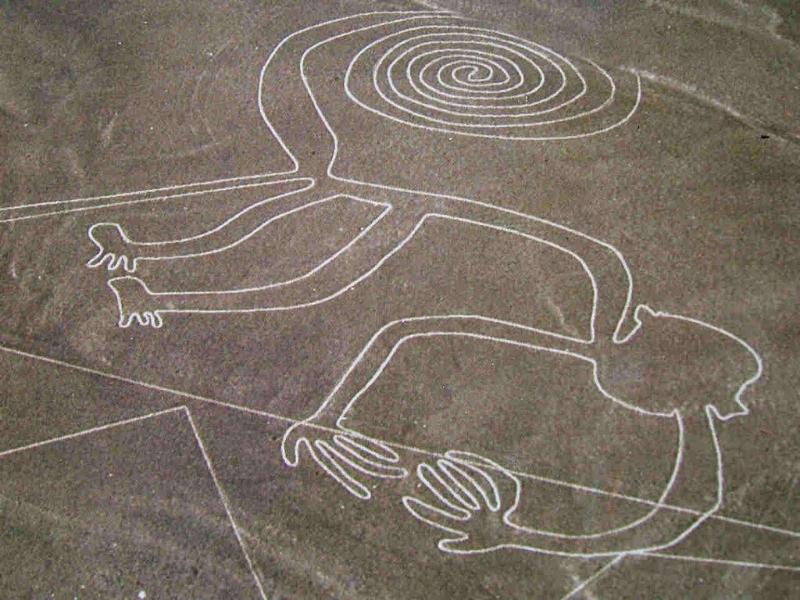
Visit Peru and discover its highlights from Lima to Cusco on an exciting journey that encompasses modern cities and ancient worlds. From the depths of the Colca canyon to the heights of the Andes and on to the unique islands of Lake Titicaca, be immersed in fascinating Peruvian culture while discovering its history buried deep within the walls of lost cities.


Peru is a country with different cultures and beautiful landscapes. It has one of the best gastronomy in the world. This tour is designed for travelers looking for unique and special moments in their vacations, and families who want to avoid crowds. You will visit the ancient city of Lima, the Amazon forest, the beautiful sacred valley of the Incas, the wonder of Machu Picchu.
